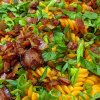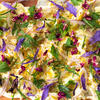Popular
Latest From the Show

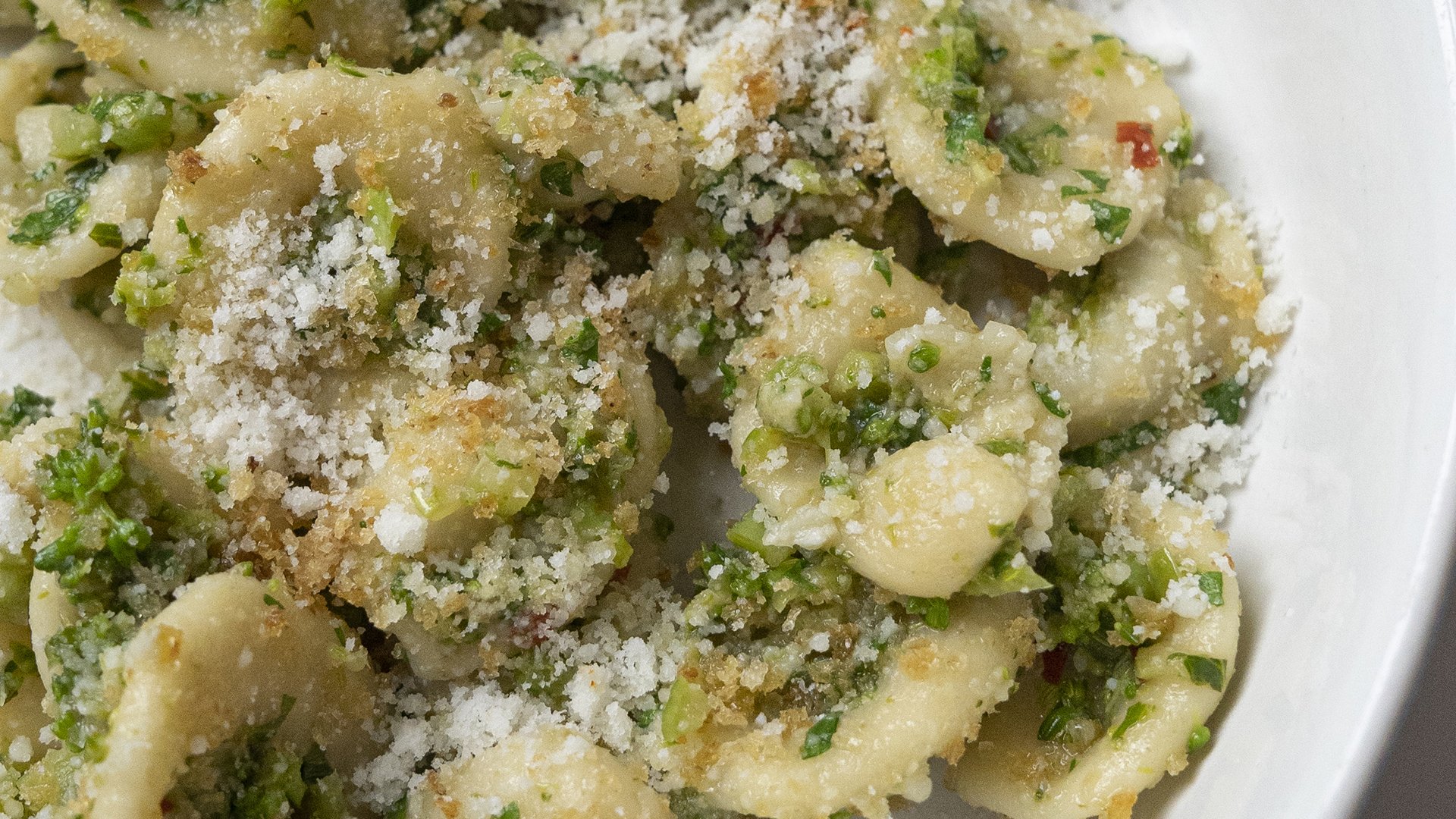
How to Make Orecchiette from Scratch with Broccoli Rabe| Missy R…

Q&A with Organizational Pro Peter Walsh + Dermatologist Shares A…

Actor Hank Azaria + Freezer Meals + Artichokes 2 Ways with Rach

See Inside Barbara Corcoran's Stunning NY Apartment + It's Steak…
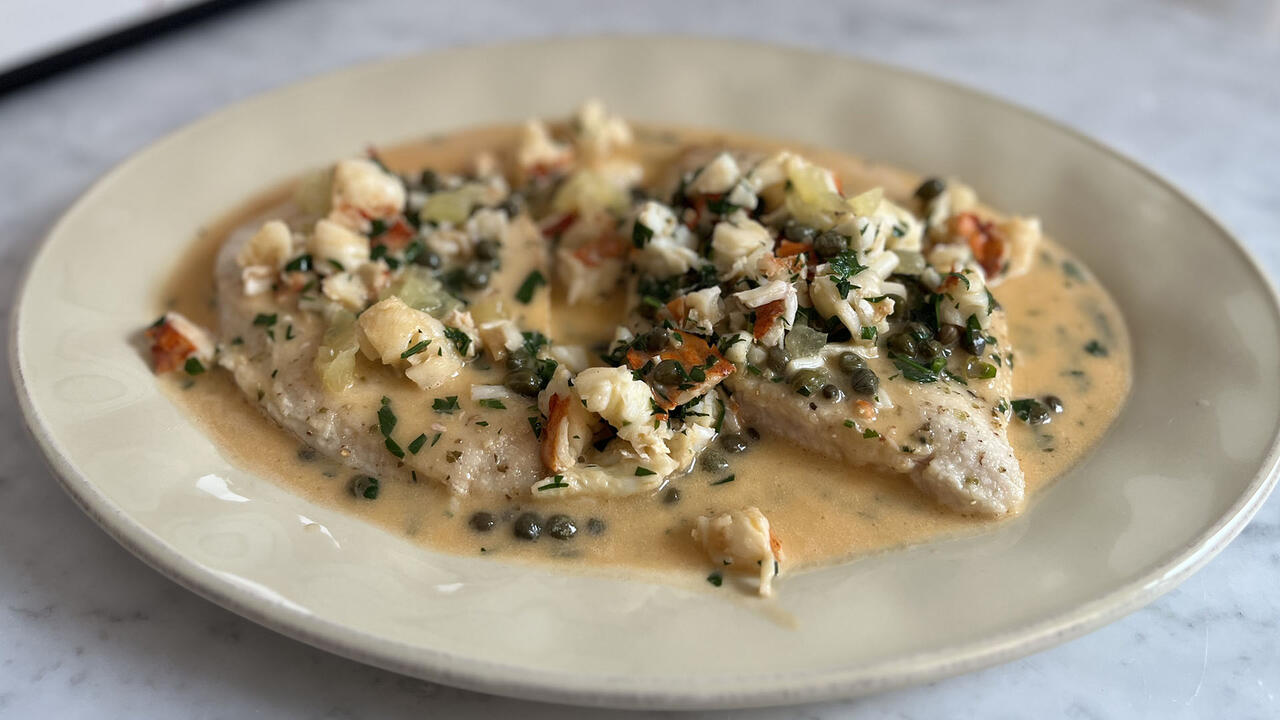
How to Make Chicken and Lobster Piccata | Richard Blais

Donnie Wahlberg Spills Details About NKOTB's First Ever Conventi…

Donnie Wahlberg + Jenny McCarthy Say Rach Is Such a "Joy" + Look…

The Best Moments From 17 Seasons of the Show Will Make You Laugh…
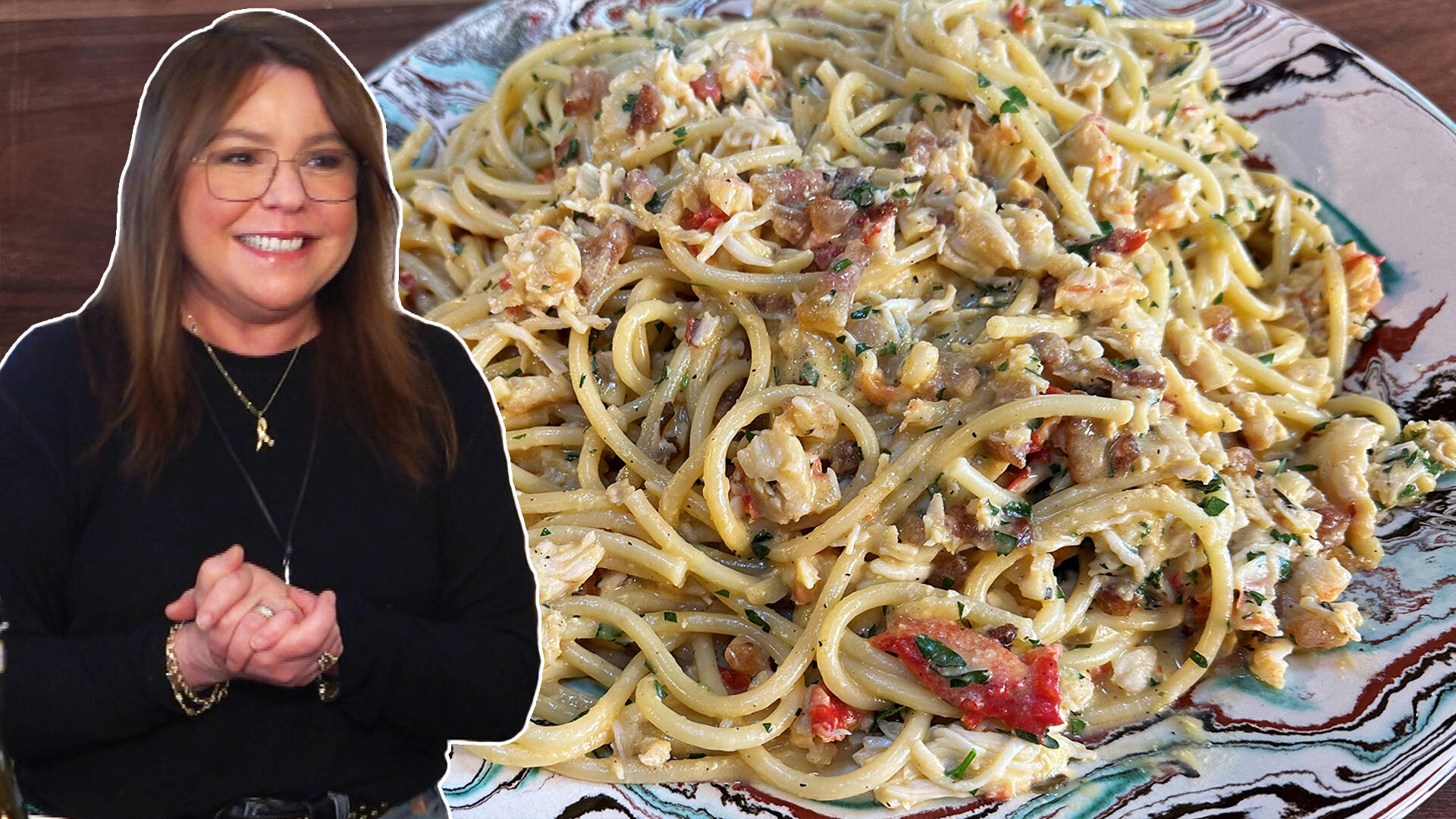
How to Make Crabby Carbonara | Rachael Ray
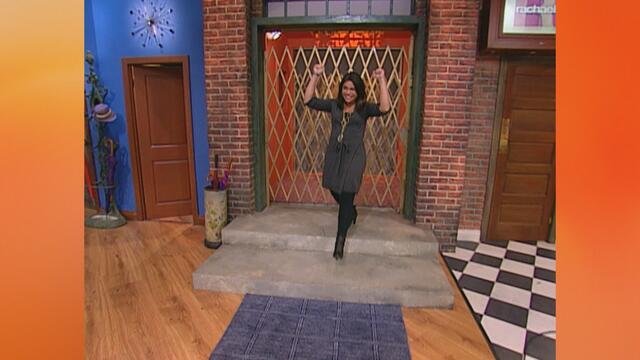
Rach Chats "Firsts" In Flashback From Our First Episode Ever In …
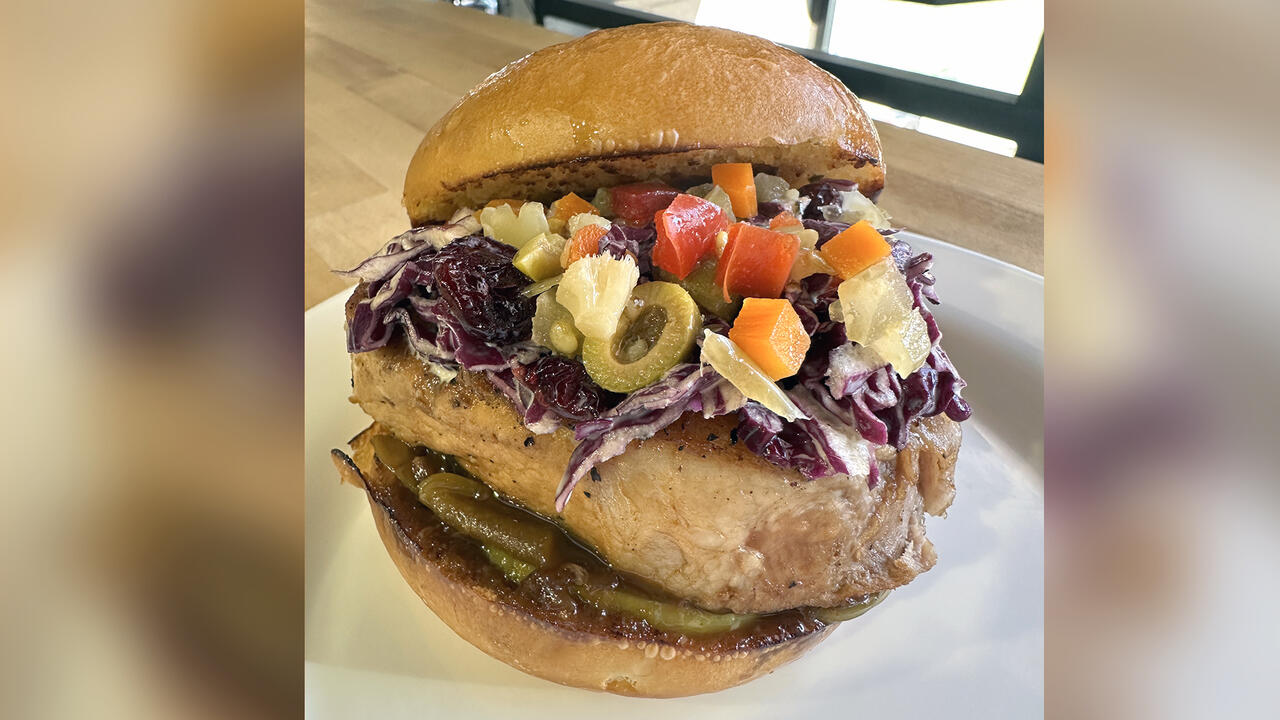
How to Make Apple-Cider Braised Pork Chop Sandwiches with Onion …

Rach's Chef Pals Say Goodbye to Show in Surprise Video Message
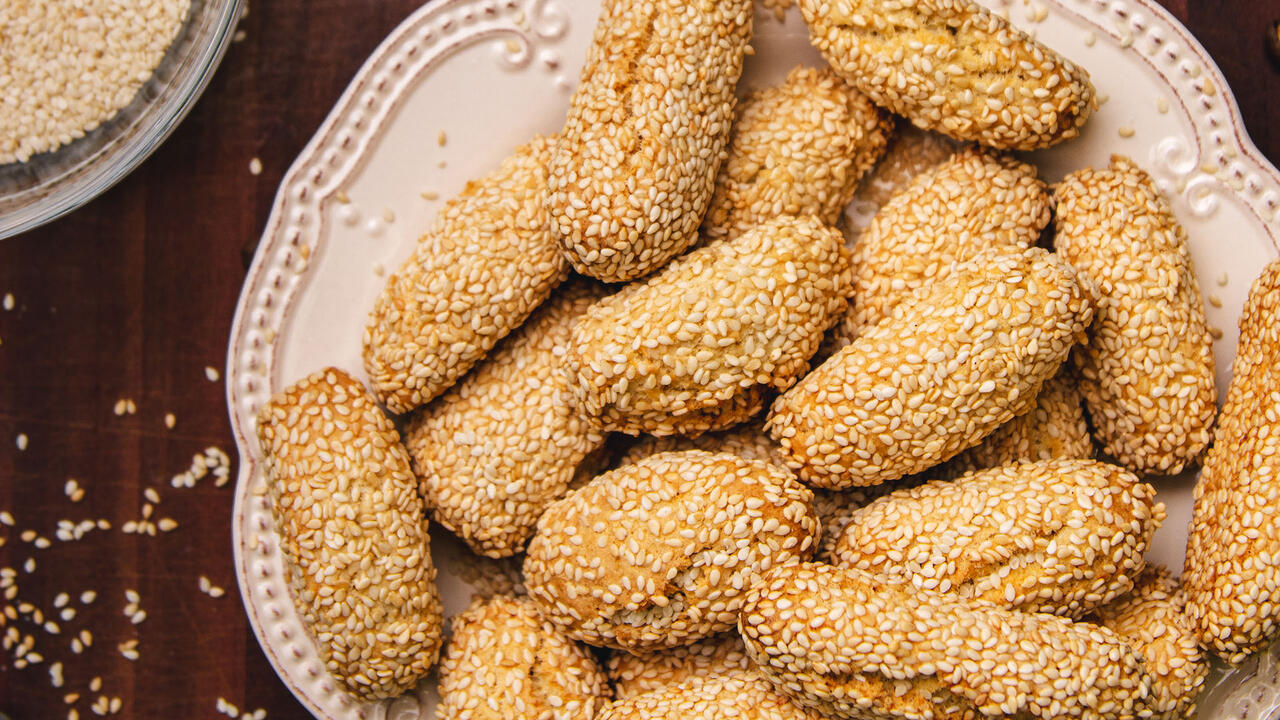
How to Make Sesame Cookies | Buddy Valastro
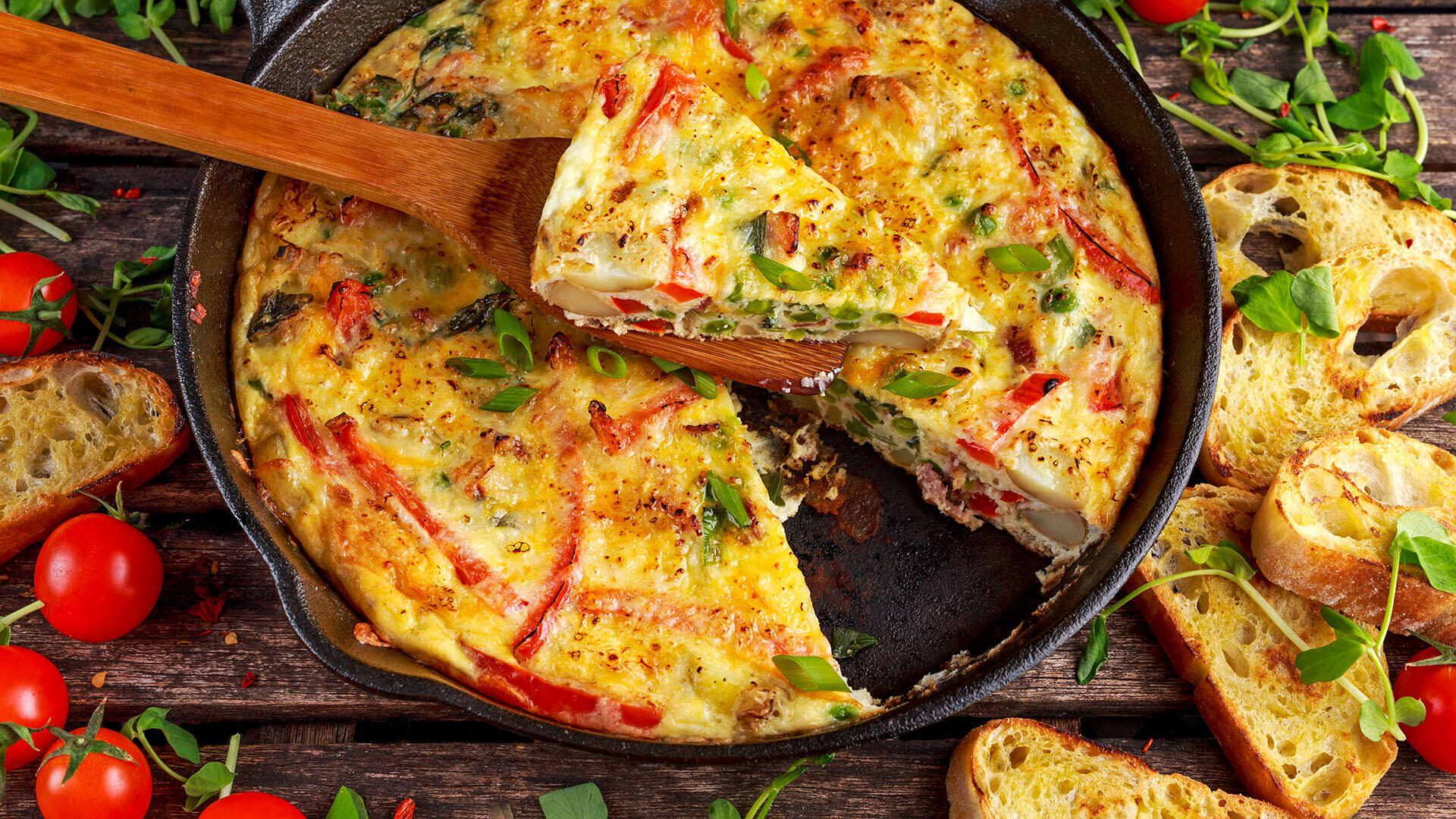
How to Make Tortilla with Potatoes, Piquillo Peppers and Mancheg…
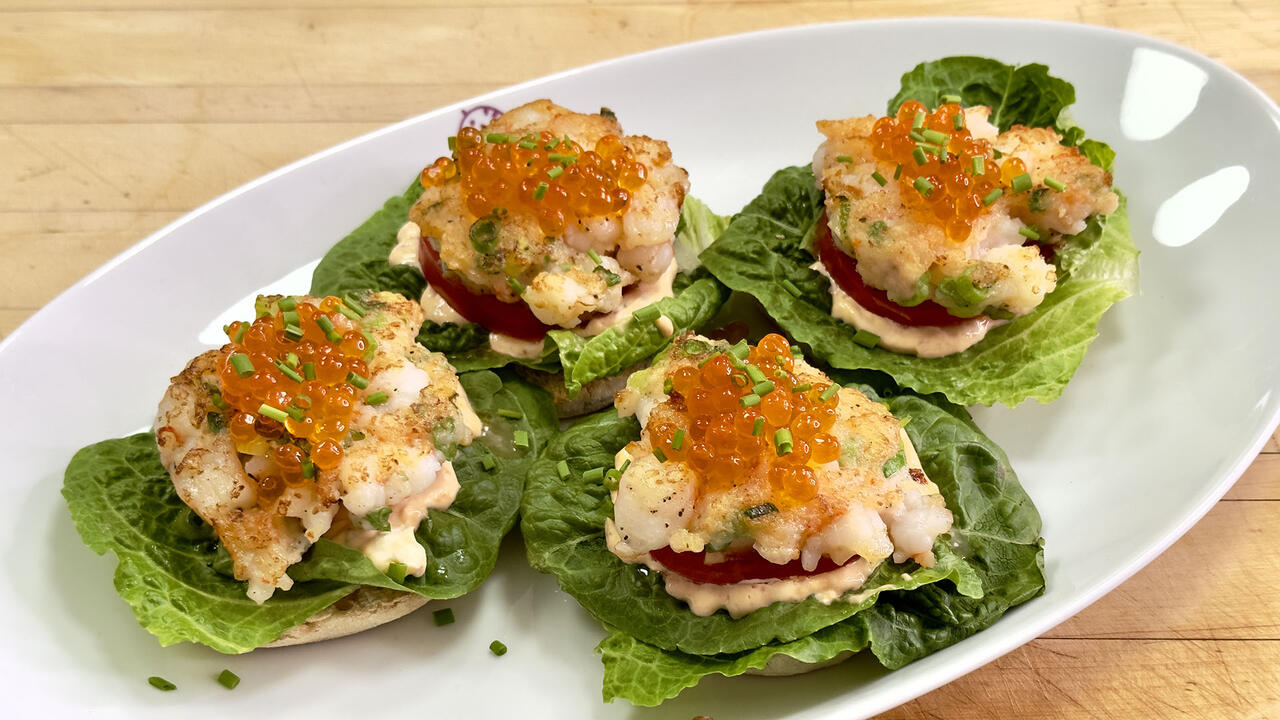
How to Make Shrimp Burgers | Jacques Pepin
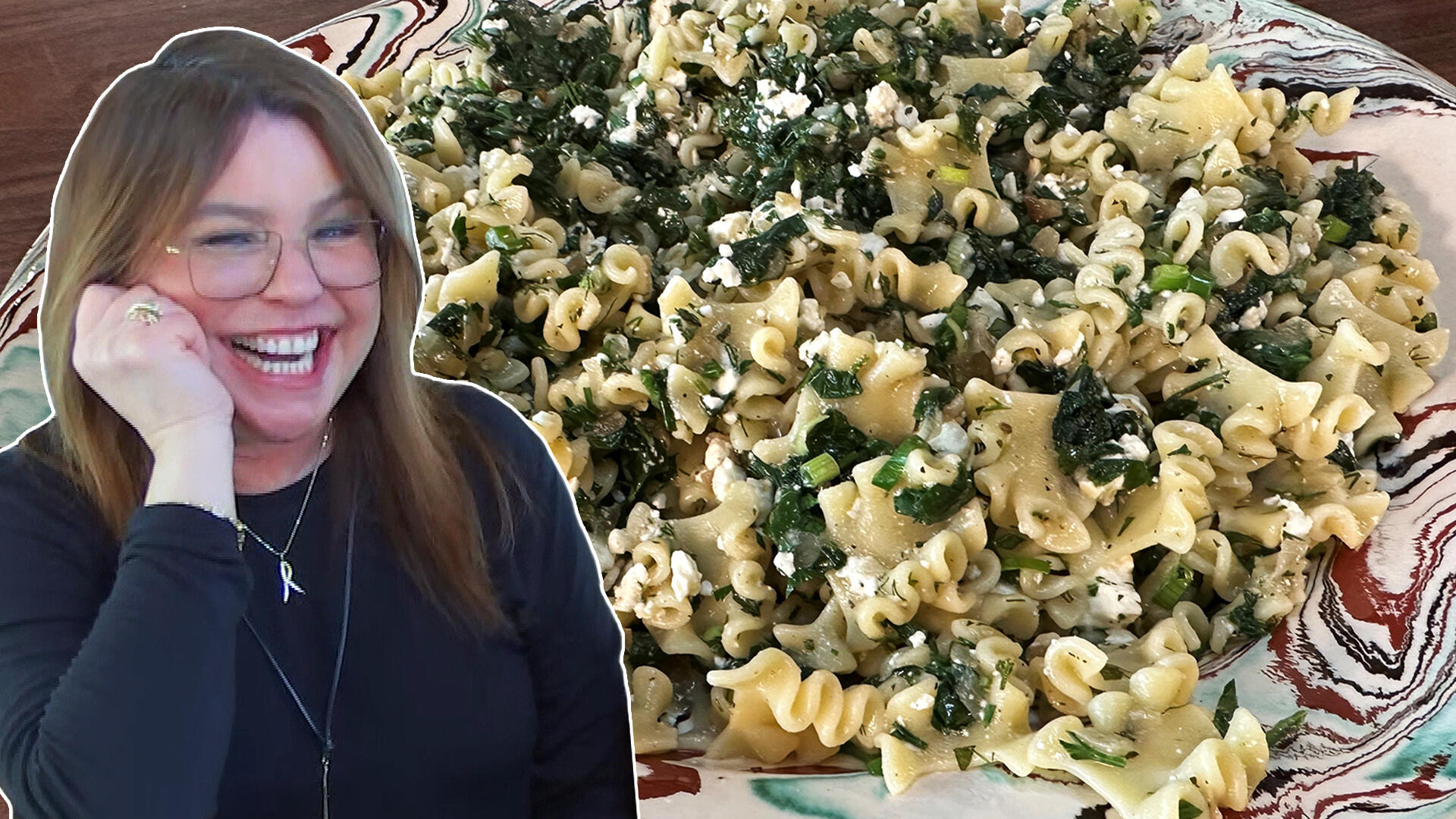
How to Make Spanakopipasta | Rachael Ray

Andrew McCarthy Chokes Up Discussing Emotional Trip to Spain wit…

Celebrity Guests Send Farewell Messages After 17 Seasons of the …

Celebrity Guests Send Farewell Messages After 17 Seasons of the …

Andrew McCarthy Teases Upcoming "Brat Pack" Reunion Special

Michelle Obama Toasts Rach's 17 Years on the Air With a Heartfel…
If you've ever wanted to know anything about making pasta, look no further than Missy Robbins' book, titled (you guessed it!) Pasta. Suffice it to say, the chef of Lilia and Misi in NYC is a master. For our Italy episode, she shares her recipe for homemade orecchiette with cime di rapa (broccoli rabe) from the book.
"Italians have a particular talent for cooking vegetables to death. When it comes to Puglia's most famous pasta, however, it's a welcome feature, not a bug. What makes this cool-weather dish work is cooking the broccoli rabe until they break down into a kind of ragu alongside the anchovy and garlic. It's bitter, saline, and rich to a point where it functions like a substitute for the original article.
Throughout Puglia, you'll find this dish embellished in different ways, whether it's the addition of clams or breadcrumbs, or the substitution of smoky grano arso flour in combination with, or in place of, semolina. Stateside, it picked up sausage somewhere along the way and ran with to the point where most Americans assume it's traditional. But what makes this dish great is that it doesn't need the sausage. It's plenty complex in its original form." —Missy
For another classic pasta dish from the episode, check out Spaghetti Cacio e Pepe from the chef-owners at one of Rach's fave NYC restaurants, Via Carota.
Ingredients
- 325 grams tipo 00 flour, plus more for dusting
- 175 grams semolina flour
- 250 grams lukewarm water
- ½ loaf (8 ounces) country bread, torn into pieces (about 4 cups)
- ¼ cup olive oil
- 2 cloves garlic
- 1 large bunch broccoli rabe
- Salt
- 3 tablespoons olive oil
- 9 cloves garlic, finely chopped
- 4 to 5 large oil-packed anchovy fillets, finely chopped
- 2 teaspoons dried red chile flakes
- ½ cup dry white wine
- 1 batch Semolina Dough formed into Orecchiette (above)
- ¼ cup finely grated pecorino Romano
Yield
Preparation
For the semolina dough, in a bowl, combine the 00 flour and semolina flour and stir until fully integrated. Turn out the flour mixture onto your wooden work surface and create a barricade with a center sanctuary for the water that is 5 to 6 inches in diameter, but not more. If you create too much space, your barricade won't be strong enough to contain the water as you begin to incorporate the flour. Because water does not have the viscosity and thus the self-containment that egg yolks do, add the water to the well slowly, using a fork to incorporate the inner layer of flour and stirring in a continuous motion around the circumference to combine. Continue adding water, incorporating the flour as you go, until you have used up all of the water. If you bust through your barricade, not to worry. Use your bench scraper to catch the water and incorporate it into the flour, doing this at every edge until you have a mixture that is thick enough to contain itself. Set your tools aside, roll up your sleeves, and get to work kneading. The dough will be sticky at first, so as you work it, continue to remove the bits that cling to your hands and return them to the mass.
The dough will begin to firm up as the gluten is activated by kneading, but if it feels a touch too dry and is not integrating (this can happen when the environment is drier, such as during the winter or if you're working in an arid climate), add about 1 tablespoon room-temperature water to hydrate it. The kneading motion is simple, but it does take some time to get the rhythm right. You essentially want to fold the dough in on itself, pressing down and away from your body with the heel of your dominant hand, relying on the weight of your body to do so. (You can hold the edge of the dough closest to you with your other hand to keep the dough in place as you stretch it away from you.) Rotate it 180 degrees, fold, and press again. Repeat this rotating, folding, and pressing motion until the dough is smooth and relatively firm to the touch, 10 to 15 minutes. (Note that this dough will be firmer and harder to knead than the egg-based doughs, so ready your forearms.) Use your bench scraper to clean off any pieces of dough that clump and stick as you're kneading. Lightly dust the board with flour if needed; be careful not to add too much, as it will dry out the dough.
Unlike egg dough, which will resemble the texture of modeling compound when properly kneaded, flour-and-water dough will be a bit less tender and more elastic. Cover the dough with plastic wrap and set it aside for at least 30 minutes. This allows the dough to become more pliable. If you're not forming pasta until the evening or the next day, place the dough in the refrigerator and remove it 20 minutes before you plan to roll it out so it returns to room temperature. Use the dough within 24 hours
For the orecchiette, lightly dust a wooden work surface with 00 flour. Line a sheet pan with parchment paper and lightly dust with semolina.
Divide your dough into quarters. Place one piece of dough on your work surface and cover the other pieces with plastic wrap or a kitchen towel.
Use your hands to form the dough into a large rope. Place all four fingertips of both hands next to one another at the center of the rope and begin rolling the dough back and forth on the work surface, moving both hands outward, away from each other, toward the ends of the dough.
Repeat this motion, gently applying pressure as you go, to elongate the dough into a rope about ½ inch in diameter and about 18 inches in length. (If your rope gets too long to manage easily, cut it in half and roll out each half separately.)
Using a knife or bench scraper, divide the rope into ½-inch-long pieces. (When you're first starting out, you can cut them a bit bigger to make shaping them easier.) Cover any pieces you are not forming with plastic wrap or a kitchen towel.
Using the serrated edge of a butter knife, shape your pasta by positioning the top of your knife, serrated edge down, at a 30-degree angle to the edge of the piece of dough. Drag the dough along your work surface toward you. (Make sure you don't have too much flour on your work surface, or there will not be enough friction to complete this step.) Don't be afraid to apply a good amount of pressure; semolina dough can take it, and you want the center of the shape to be relatively thin. If you stopped here, you'd essentially have a cavatello. It's the next step that sets orecchiette apart.
Using your first two fingers, pull the dough off the knife and over your thumb, essentially turning that cavatello-like shape inside out while pressing upward with your thumb to form a dome. (If this sounds challenging, it's because it's about as easy to describe as it is to make.) Repeat with the remaining pieces from the batch.
Place the finished pasta in a single layer on the prepared sheet pan.
Repeat with the remaining dough.
Let the pasta dry for 1 to 2 hours at room temperature, until it just begins to harden and hold its shape when handling.
If not using right away, cover the sheet pan with plastic wrap and refrigerate for up to 24 hours.
To make the bread crumbs, preheat the oven to 200°F.
Spread the bread on a sheet pan and bake until dried out, 30 to 45 minutes. You do not want any color. To test for doneness, crush a shard of bread with the back of a spoon. The interior should be completely dry. Let cool.
Once cooled, place the bread in a food processor and pulse until broken down into fine crumbs. You want them to retain some texture, so be careful not to turn them to dust.
Place a saute pan over medium-low heat. Add the oil and garlic cloves and cook until the garlic perfumes the oil, 1 to 2 minutes. Remove the garlic and save for another use.
Turn the heat down to low. Line a plate with paper towels. Add the breadcrumbs to the pan and cook, stirring occasionally, until golden brown, 5 to 8 minutes. Remove from the pan and transfer to the plate to drain. Let cool.
Measure out ¼ cup bread crumbs and set aside. Transfer the remainder to an airtight container and store in a cool, dry place for up to 1 week for another use.
To finish, separate the broccoli rabe leaves from the stems. Roughly chop the stems and florets into very small pieces. Finely chop the leaves and reserve separately.
Bring a large pot of water to a boil over high heat. Generously salt the water.
Place a large saute pan over low heat. Add the olive oil and garlic and gently cook until aromatic but without color, 10 to 15 seconds.
Add the anchovies, chile flakes, and broccoli rabe stems and florets and stir to combine. Add the wine and about 3 ladles (¾ cup) pasta cooking water. Braise the broccoli rabe until tender, but still bright green, 3 to 5 minutes. Add the leaves and cook for 1 to 2 minutes. Set aside.
Add the orecchiette to the water and cook for 4 to 6 minutes, until al dente.
Using a spider or pasta basket, remove the pasta from the pot and transfer to the sauté pan. Turn the heat up to medium. Gently toss for 1 to 2 minutes to marry the pasta and the sauce. If the sauce feels tight, add a splash of pasta cooking water to loosen and continue tossing to marry.
Divide the pasta into bowls and garnish with the bread crumbs and pecorino.
Adapted from Pasta by Missy Robbins and Talia Baiocchi. Copyright © 2021 by Missy Robbins and Talia Baiocchi. Used with permission by Ten Speed Press. All rights reserved.

